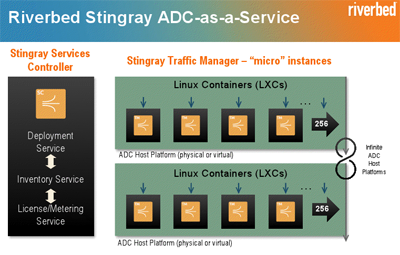Huawei introduced its CE12816 CloudEngine (CE) switch for the data center core, boasting the largest capacity in the industry at 64 Tbps.
The new switch uses Huawei's next-generation VRP8 software to deliver high-performance L2/L3 switching capabilities. Like all the switches in Huawei's Cloud Engine 12800 family, the CE12816 provides support for 1, 10, 40 and 100 GE connectivity. Densities supported on the CE12816 include up to 192*100GE, 384*40GE, or 1536*10GE line-speed ports.
The CloudEngine series provides high bandwidth of up to 2 Tbps per slot(scalable to 4 Tbps) and switching capacity of 64 Tbps.
Huawei's CloudEngine series incorporates a Cluster Switch System (CSS) feature to virtualize multiple switches into one logical switch, as well as the Virtual System (VS) feature to virtualize one switch into multiple independent logical devices. Huawei said its CSS and VS capabilities turn the network into a resource pool, allowing network resources to be allocated on demand.
The CloudEngine series also supports virtual machines by allowing network administrators to build large-scale Layer 2 networks with over 500 nodes based on TRILL, allowing for fast migration and flexible service deployment. Combined with the usage of the nCenter, network management system, the CloudEngine series is able to achieve over 10 times the virtual parallel processing capability of the industry average.
"The launch of the CloudEngine 12816 is the culmination of our vision to offer enterprises with an affordable and powerful data center solution that addresses the challenges and opportunities presented by cloud computing and ICT convergence," said Ian Foo, director of Data Center Products and Solution, Huawei Enterprise USA. "Today's announcement underscores Huawei's commitment to lead the industry with innovative solutions that combine high performance with energy saving technologies to greatly reduce total cost of ownership for our customers."
http://www.huawei.com
http://enterprise.huawei.com/en/products/network/switch/index.htm
The new switch uses Huawei's next-generation VRP8 software to deliver high-performance L2/L3 switching capabilities. Like all the switches in Huawei's Cloud Engine 12800 family, the CE12816 provides support for 1, 10, 40 and 100 GE connectivity. Densities supported on the CE12816 include up to 192*100GE, 384*40GE, or 1536*10GE line-speed ports.
The CloudEngine series provides high bandwidth of up to 2 Tbps per slot(scalable to 4 Tbps) and switching capacity of 64 Tbps.
Huawei's CloudEngine series incorporates a Cluster Switch System (CSS) feature to virtualize multiple switches into one logical switch, as well as the Virtual System (VS) feature to virtualize one switch into multiple independent logical devices. Huawei said its CSS and VS capabilities turn the network into a resource pool, allowing network resources to be allocated on demand.
The CloudEngine series also supports virtual machines by allowing network administrators to build large-scale Layer 2 networks with over 500 nodes based on TRILL, allowing for fast migration and flexible service deployment. Combined with the usage of the nCenter, network management system, the CloudEngine series is able to achieve over 10 times the virtual parallel processing capability of the industry average.
"The launch of the CloudEngine 12816 is the culmination of our vision to offer enterprises with an affordable and powerful data center solution that addresses the challenges and opportunities presented by cloud computing and ICT convergence," said Ian Foo, director of Data Center Products and Solution, Huawei Enterprise USA. "Today's announcement underscores Huawei's commitment to lead the industry with innovative solutions that combine high performance with energy saving technologies to greatly reduce total cost of ownership for our customers."
http://www.huawei.com
http://enterprise.huawei.com/en/products/network/switch/index.htm




















